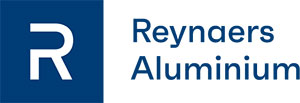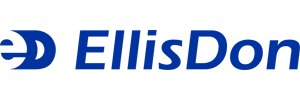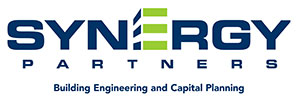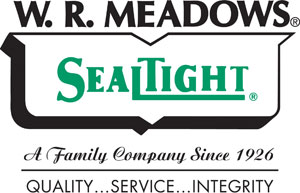9:00 am - 10:00 am | Room: Sinatra | Session Chair: Peter Adams
Whenever masonry buildings, particularly historic buildings are internally insulated during retrofits, there are concerns that walls that were once kept warm and dry due to inefficient energy losses, may deteriorate more quickly if the masonry is internally insulated. One solution to address this concern is to provide a ventilation air space when the walls are internally insulated. This paper begins by examining the results of two field studies carried out on historic masonry buildings in Toronto, Ontario. Analysis of data from the two field trials shows that providing a vented air space when a masonry building is internally insulated improves the net drying of masonry wall. Based on the analysis of these field results, a laboratory study was carried out to address two fundamental questions: how thick of an air space is needed, and how can the protected air space best be constructed? The use of a fibrous mesh was used in the field trials to create a protected air space on the inboard face of the masonry. However, the laboratory results show that fibrous insulation can also be used as a medium to allow back drying of an internally insulated wall. The laboratory results indicated that the amount of venting occurring through RSI 4.2 mineral fibre insulation is equivalent to venting through a clear air space with a thickness of up to 3 mm. The amount of potential drying using mineral fibre insulation can be estimated using a flow equation that was developed for combined fibrous insulation and clear air space venting. It is estimated that the mineral fibre insulation can remove approximately 20% of the moisture compared to a 10 mm vented air space. The paper concludes by suggesting venting configurations in solid masonry walls using fibrous insulation and clear air spaces.

David currently works in Cork, Ireland as a Façade Engineer at Architectural & Metal Systems focusing on glazing product development. David is formerly a Master’s student at the University of Toronto where he focused on hygrothermal properties of wall assemblies. After school in Toronto, David focused on building restoration as a Building Envelope Engineer while working at Engineering Link Incorporated. David also teaches Building Science for Architectural Preservation at Toronto Metropolitan University’s Chang School.
Diamond Sponsor

Emerald Sponsor

Emerald Sponsor

Emerald Sponsor

Emerald Sponsor

Emerald Sponsor

Gold Sponsor

Associate Sponsor

Silver Sponsor

Silver Sponsor

Silver Sponsor

Silver Sponsor

Bronze Sponsor

Bronze Sponsor

Bronze Sponsor

Bronze Sponsor

Bronze Sponsor

Bronze Sponsor

Bronze Sponsor

Bronze Sponsor

Bronze Sponsor

Bronze Sponsor

Bronze Sponsor

Bronze Sponsor

Bronze Sponsor
